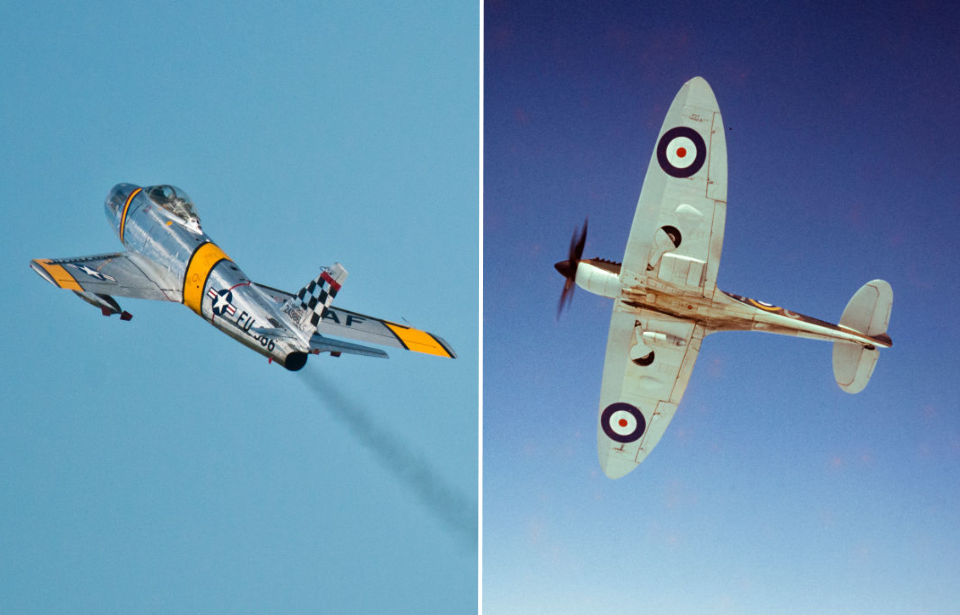In the world of aviation, the marriage of beauty and function has birthed stunning creations, with aesthetics and power being held in equal regard. From their sleek, streamlined profiles to the roaring might of their engines, these aircraft are more than just mere machines; they’re pieces of art, each one an embodiment of humanity’s indomitable spirit and thirst for discovery.
In this article, we pay homage to 22 of the most beautiful military aircraft ever developed.
North American P-51 Mustang
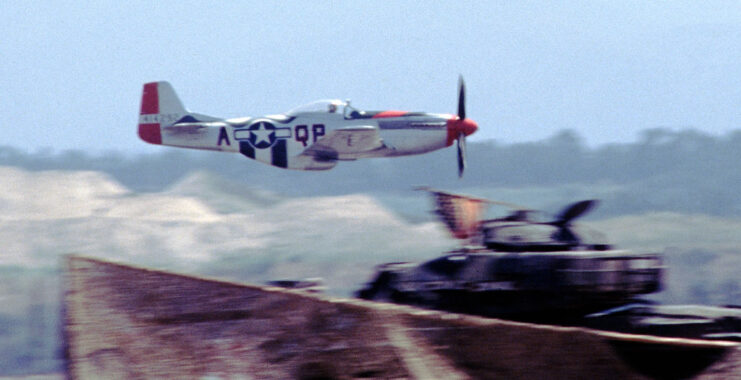
Crafted in the throes of World War II, the North American P-51 Mustang emanates an air of audacity, and is arguably one of the most beautiful military aircraft to have ever been developed. Its sleek design belies the ruggedness within, while its distinctive invasion stripes whisper tales of daring sorties over enemy territory.
The P-51’s vibrant roar as its Rolls-Royce Merlin engine revs up is a stirring overture to its impressive performance.
Lockheed SR-71 Blackbird
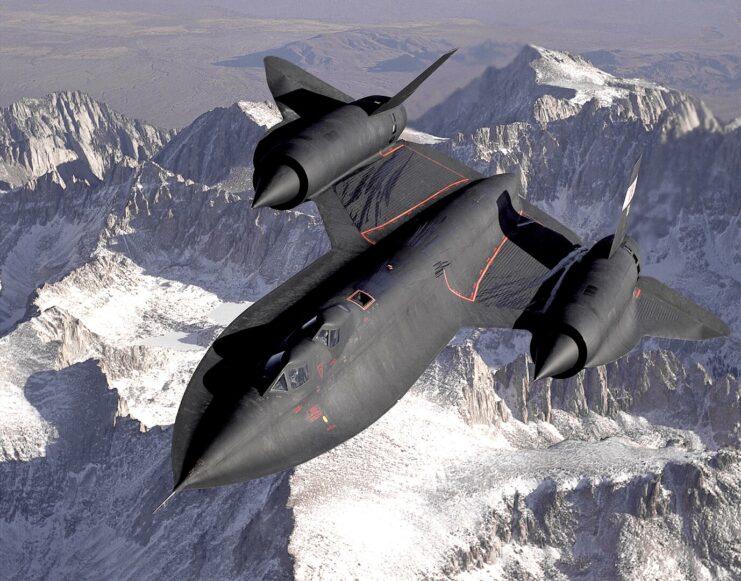
Emerging from the depths of the Cold War, the Lockheed SR-71 Blackbird is an ode to technological prowess and ingenuity. Its enigmatic, obsidian silhouette exudes a futuristic appeal, while its unprecedented speed and high altitude performance still hold records, years after its retirement.
The SR-71 is more than just an aircraft – it’s an enduring legend.
Sukhoi Su-57 ‘Felon’
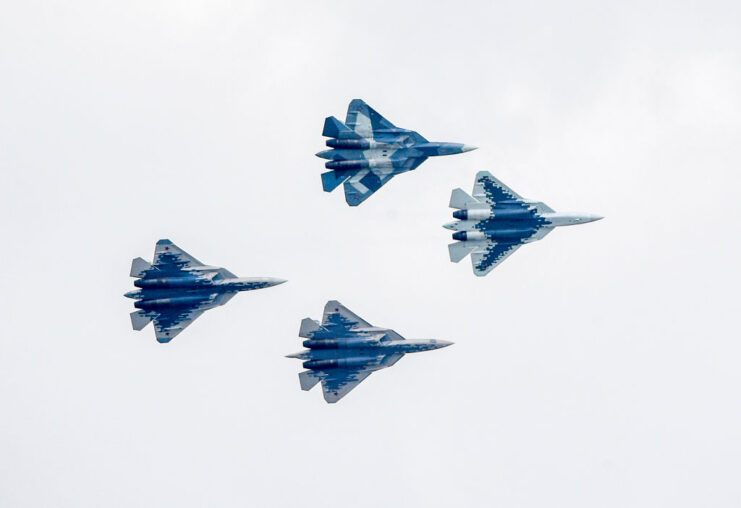
The Sukhoi Su-57 “Felon” is a modern interpretation of beauty in aviation design, characterized by its sleek and stealthy contours. Its angular lines and futuristic profile give an aura of sophistication and technological advancement. Beyond its appeal, its beauty lies in the aircraft’s unparalleled performance capabilities. Equipped with cutting-edge avionics and weaponry systems, including advanced radar and stealth features, it represents the pinnacle of Russian aerospace engineering.
With its supersonic speed and superior agility, the Su-57 is a formidable fifth-generation fighter, showcasing a harmonious blend of form, function and raw power that sets it apart as a truly beautiful military aircraft of the 21st century.
Fairchild Republic A-10 Thunderbolt II
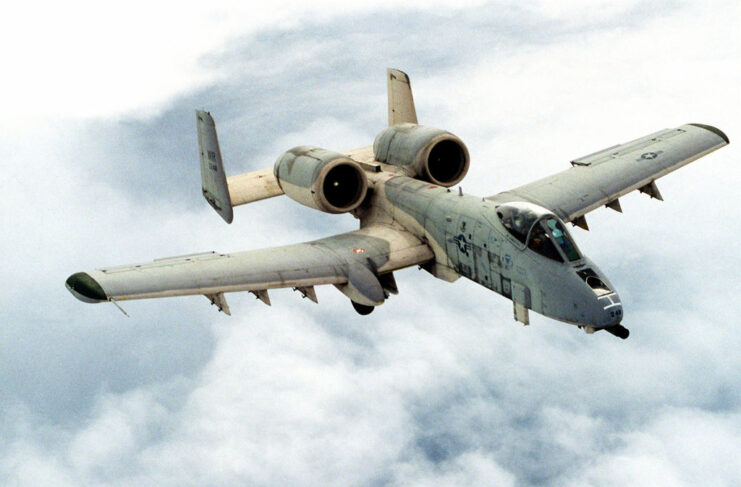
The Fairchild Republic A-10 Thunderbolt II – affectionately known as the “flying tank” and A-10 Warthog – captivates many with its brutish charm. While not conventionally beautiful, this military aircraft’s unusual design, characterized by its frontal cockpit and giant rear-mounted engines, is a testament to its indomitable spirit.
With a lethal Gatling gun and hardy survivability, the A-10 has proven itself an unrivaled ground-attack aircraft.
de Havilland DH.98 Mosquito
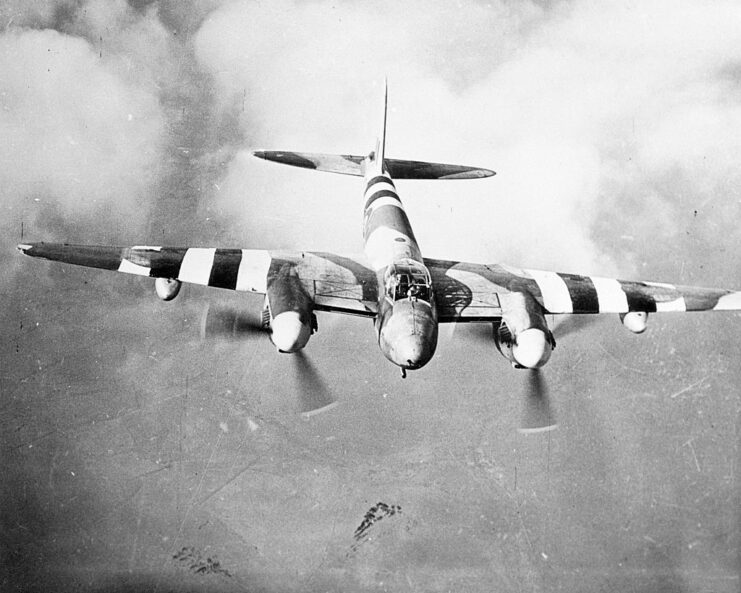
The de Havilland DH.98 Mosquito – also known as the “Wooden Wonder” – combined speed, maneuverability and firepower in an elegant package. Crafted almost entirely from wood, its lightweight design and twin-engine setup made this British aircraft one of the fastest and most versatile of the Second World War.
Mikoyan-Gurevich MiG-15
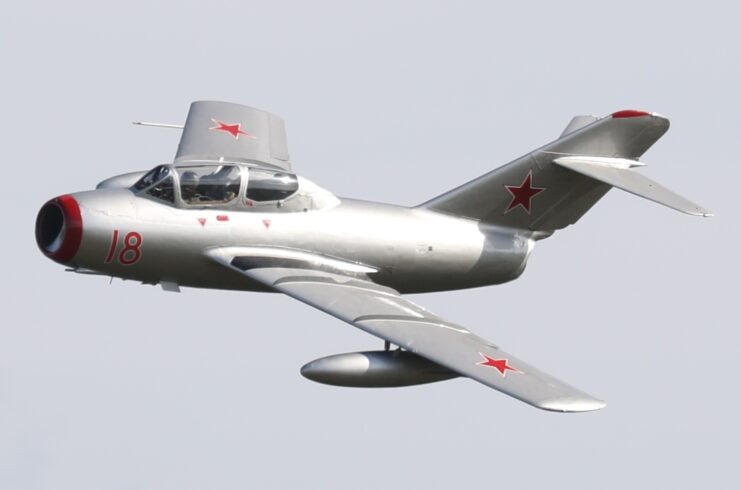
The Mikoyan-Gurevich MiG-15 epitomizes the beauty in simplicity, with its elegant and timeless design remaining iconic to this day. Its swept-back wings, streamlined fuselage and distinctive nose intake made it immediately recognizable in combat during the tumult of the Korean War.
Despite its modest appearance, the MiG-15’s performance capabilities were revolutionary for its time, showcasing impressive speed, agility and altitude capabilities. Its ruggedness and ease of maintenance further underscored its beauty, allowing it to become a reliable workhorse in the skies.
Avro Vulcan
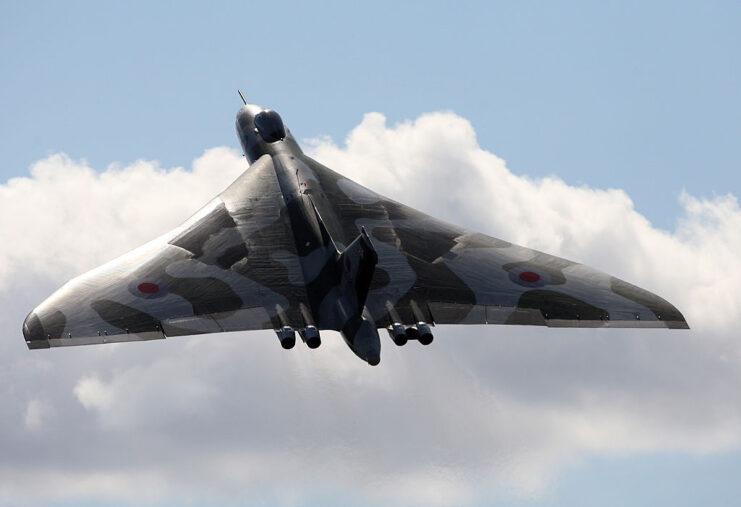
The Avro Vulcan, an iconic symbol of Britain’s Cold War might, exhibits an ethereal beauty with its distinctive delta-wing design. The sight of its colossal form, coupled with the unearthly howl of its engines, is truly awe-inspiring. From nuclear deterrence to conventional bombings during the Falklands War, the Vulcan took on many roles throughout its illustrious career.
Grumman F-14 Tomcat
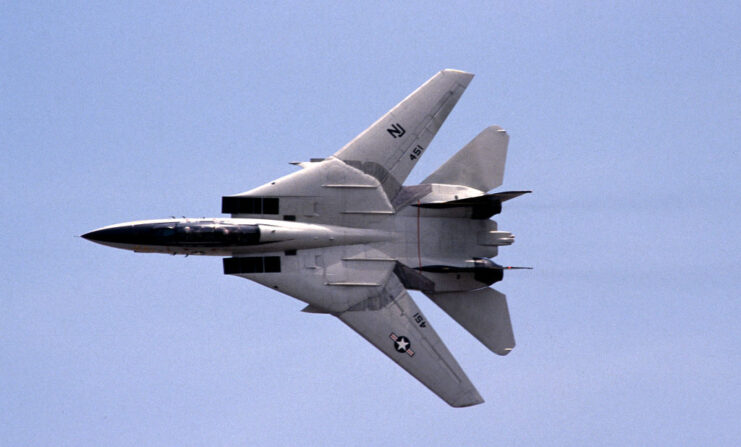
The Grumman F-14 Tomcat is the embodiment of American air superiority, and one of the most beautiful military aircraft to have ever taken to the sky. Its variable-geometry wings and twin-tail design imbue it with a predatory elegance.
Star of the 1986 film, Top Gun, the F-14’s grace and might in aerial combat have earned it a place in the annals of aviation history.
Lockheed F-104 Starfighter
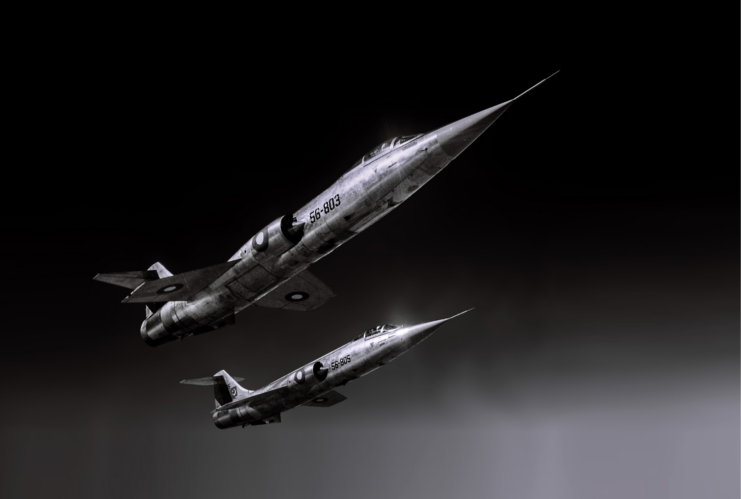
The Lockheed F-104 Starfighter possessed a striking beauty matched only by its reputation for being one of the most challenging and dangerous aircraft ever built. Its sleek, needle-like fuselage, razor-sharp wings and distinctive tail fin gave it an unmistakable presence in the skies. However, beneath its aesthetic allure lay a design fraught with inherent risks.
The F-104’s high-speed capabilities and exceptional climb rate came at the cost of stability, earning it the ominous nickname, “The Widow Maker.” Its demanding flight characteristics, coupled with a lack of built-in safety features, contributed to a high accident rate, earning it a reputation for danger among pilots.
However, despite its flaws, the F-104 remains a testament to the daring spirit of aerospace innovation, where beauty and danger often coexist on the cutting edge of technology.
Supermarine Spitfire
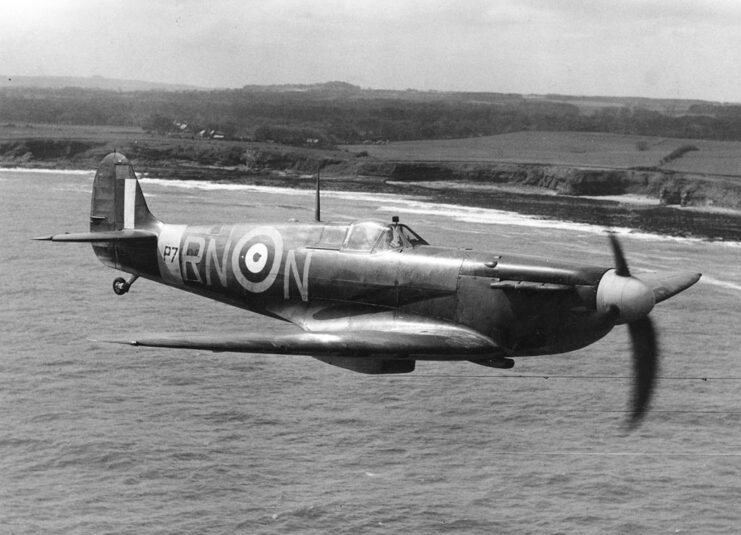
With its elliptical wings and growling Merlin engine, the Supermarine Spitfire was a symbol of British resistance during World War II. Its agile performance and distinctive silhouette have etched it into the public consciousness as an enduring and iconic symbol of freedom against tyranny.
North American XB-70 Valkyrie
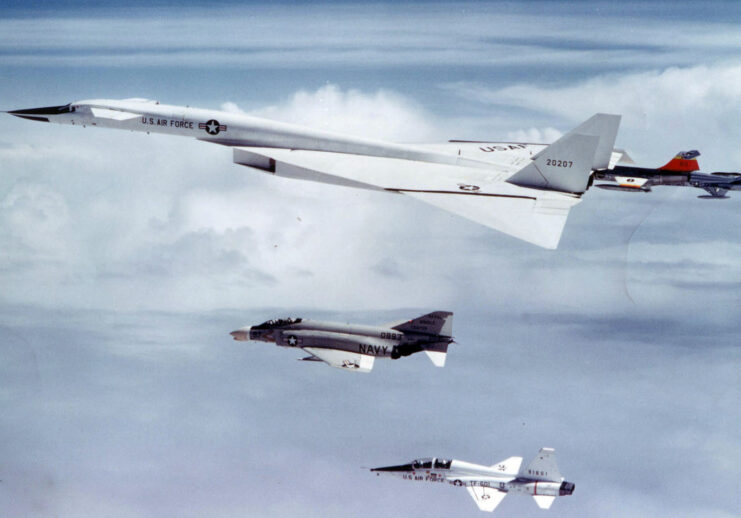
The North American XB-70 Valkyrie was the embodiment of futuristic beauty, despite being a prototype military aircraft. This supersonic bomber, with its sleek, streamlined form and distinctive canards, was years ahead of its time.
Its visions of speed and altitude as defensive attributes continue to influence aviation design philosophy.
Dassault Rafale
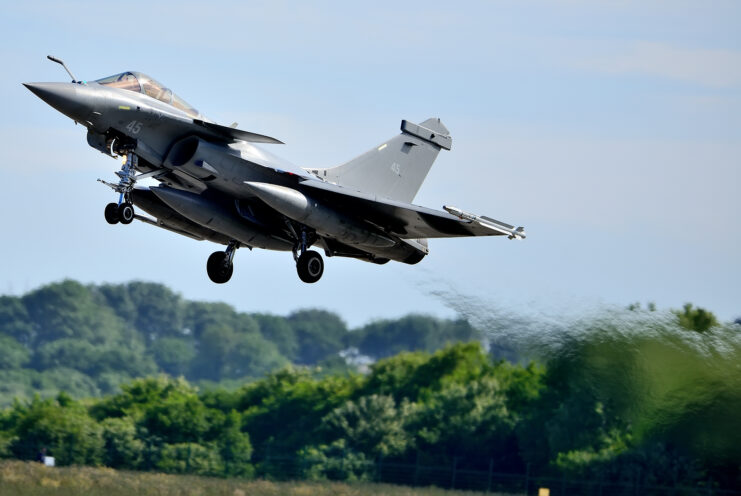
The Dassault Rafale is a modern marvel of aerospace engineering, captivating aviation enthusiasts with its sleek and aerodynamic design. Its clean lines, delta wings and carefully sculpted fuselage exude a sense of purposeful elegance, and its integration of cutting-edge technology with unparalleled performance makes it not just a sight to behold, but also a formidable force in the sky.
Beyond its outward appearance, the Rafale’s beauty lies in its versatility and advanced capabilities. Equipped with state-of-the-art avionics, powerful engines and a wide array of weapons systems, it can excel in many mission roles, from air superiority to ground attack and reconnaissance.
Saab J35 Draken
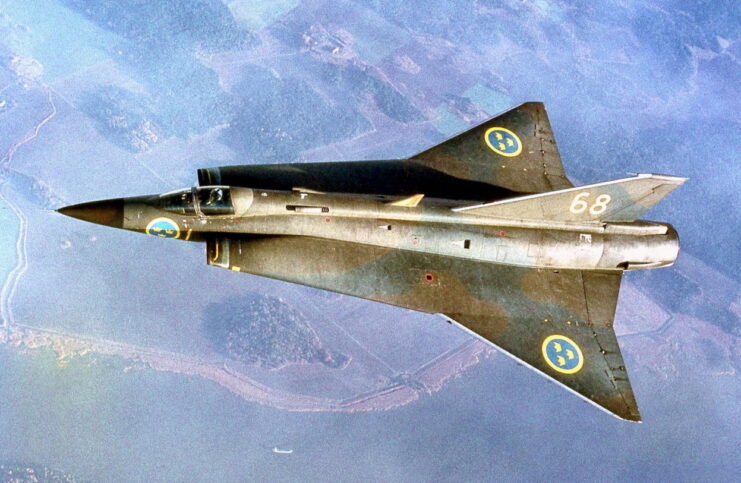
The Saab J35 Draken, a Swedish supersonic interceptor, boasts a distinct appearance, with its double-delta wing configuration and canard design. Its unique look, while striking, makes it a standout, in terms of performance. The sharp edges that mark its wings allow the aircraft to achieve the perfect balance of low-speed stability and high-speed execution.
The J35’s design also allows it to perform the famed Cobra Maneuver, in which the aircraft becomes its own airbrake, showing its impressive maneuverability.
Hawker Hunter
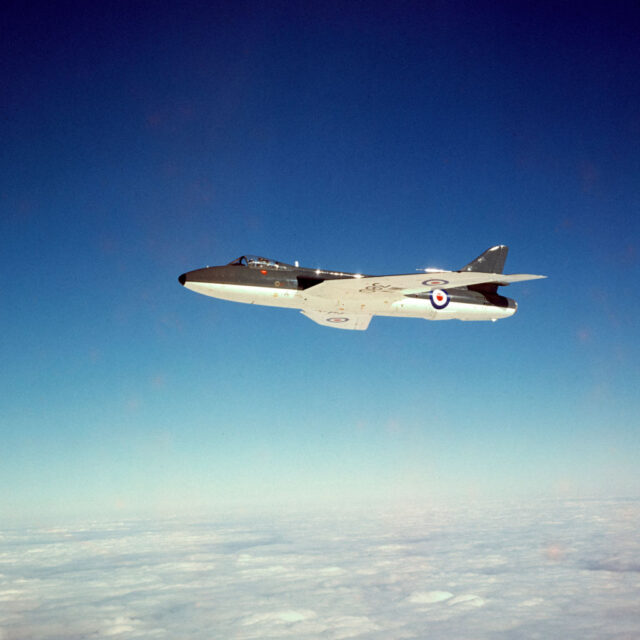
The Hawker Hunter epitomizes the pinnacle of mid-century aviation design, featuring a sleek silhouette with a swept wing design and a slender fuselage that exudes timeless elegance. The aircraft’s beauty transcends its aesthetics, seamlessly merging form and function to deliver exceptional speed, agility and maneuverability.
Powered by the formidable Rolls-Royce Avon 207 turbojet engine, the Hunter’s advanced aerodynamics enabled it to effortlessly soar to impressive altitudes and achieve remarkable speeds, with the prototype breaking the world speed record in 1953.
Eurofighter Typhoon
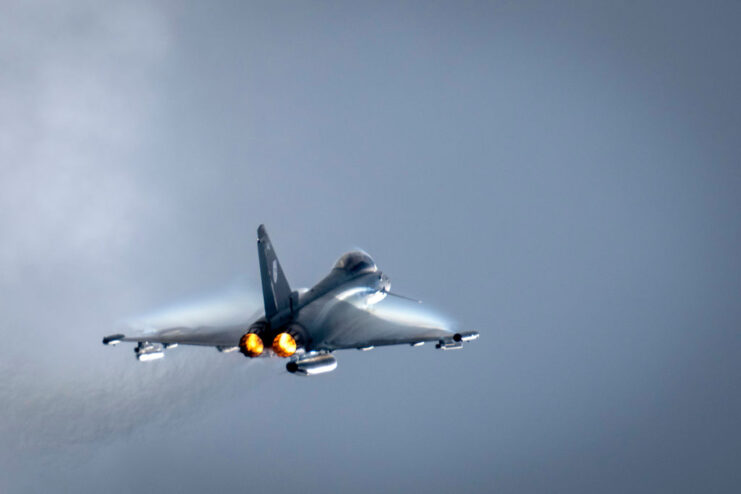
The Eurofighter Typhoon commands attention with its sleek and purposeful design. Its aerodynamic shape, featuring delta wings and a streamlined fuselage, exudes speed and agility, even when parked on the runway. The aircraft’s aesthetic appeal is matched by its formidable performance capabilities, boasting supercruise capabilities, advanced avionics and an array of weapons systems.
Beyond its striking appearance and technological prowess, the Typhoon represents a collaborative effort between European nations, showcasing the beauty of international cooperation in the pursuit of aerospace excellence.
McDonnell Douglas F-4 Phantom II
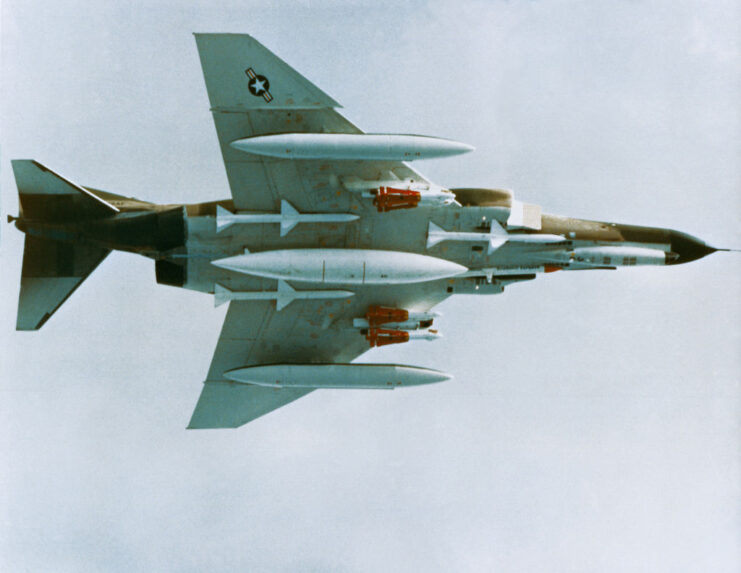
The McDonnell Douglas F-4 Phantom II, with its tandem twin-seat and unmistakable dihedral tail, is a testament to robust and versatile design. Serving in numerous conflicts, most notably the Vietnam War, and adopted by air forces around the world, the aircraft’s legacy is as extensive as its capabilities.
Lockheed P-38 Lightning
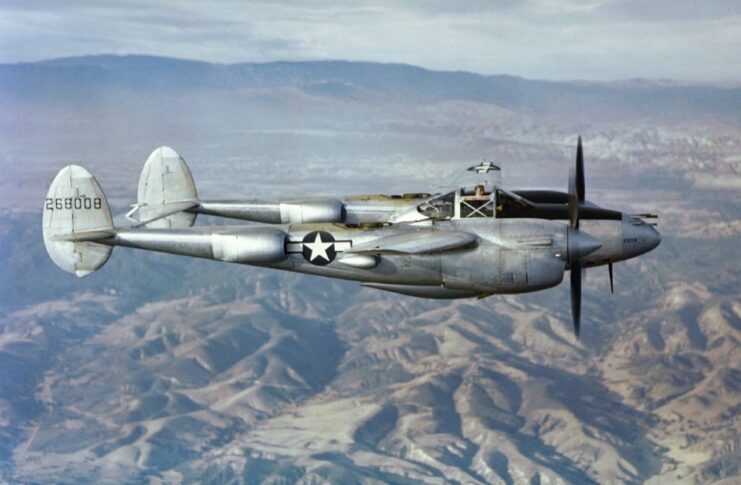
The Lockheed P-38 Lightning, with its unconventional twin-boom design and propellers that rotated in opposite directions, was as striking as the bolt of lightning it was named after – talk about a beautiful military aircraft. During World War II, it redefined what a fighter aircraft could achieve.
Northrop YF-23
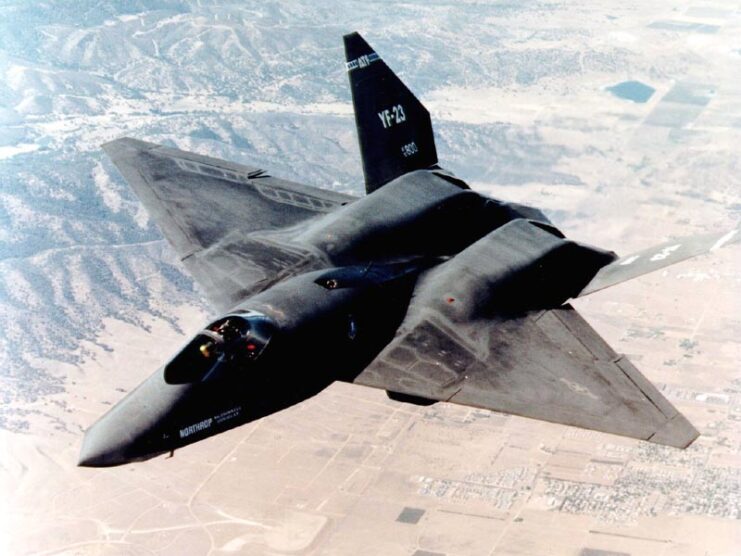
The Northrop YF-23, despite never entering production, remains an exemplar of aerospace beauty, captivating aviation fans with its futuristic and stealthy design. Its sleek and angular contours, paired with a distinctive twin-tail configuration, create a visually striking silhouette that embodies a sense of stealth and sophistication.
The YF-23’s beauty is more than skin deep, as its advanced aerodynamics and cutting-edge technologies promised unmatched performance and capability. While ultimately surpassed by the Lockheed Martin F-22 Raptor in the Advanced Tactical Fighter (ATF) program, the prototype’s legacy is a testament to the innovative spirit of military aviation.
Lockheed Martin F-35 Lightning II
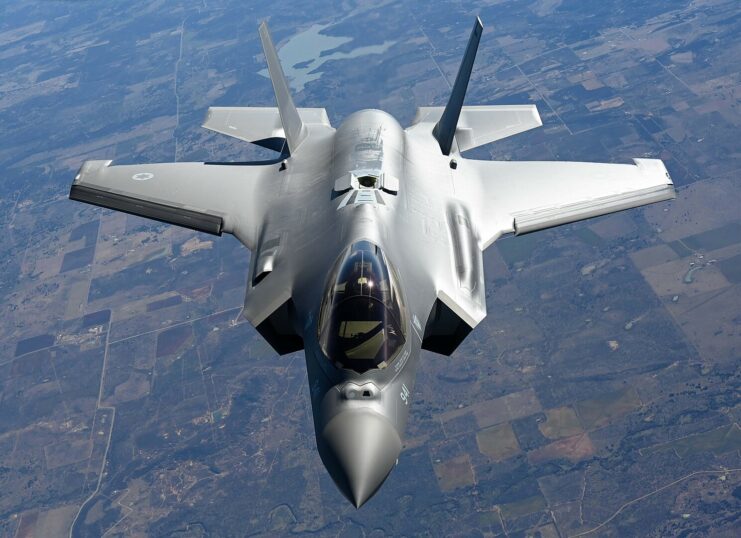
The Lockheed Martin F-35 Lightning II represents the cutting edge of aerial warfare. With its stealth features, sensor fusion and advanced avionics, it ushers in a new era of fifth-generation fighters that are capable of taking on just about anything. Its single-engine design and angular lines embody modernity and might.
Vought F4U Corsair
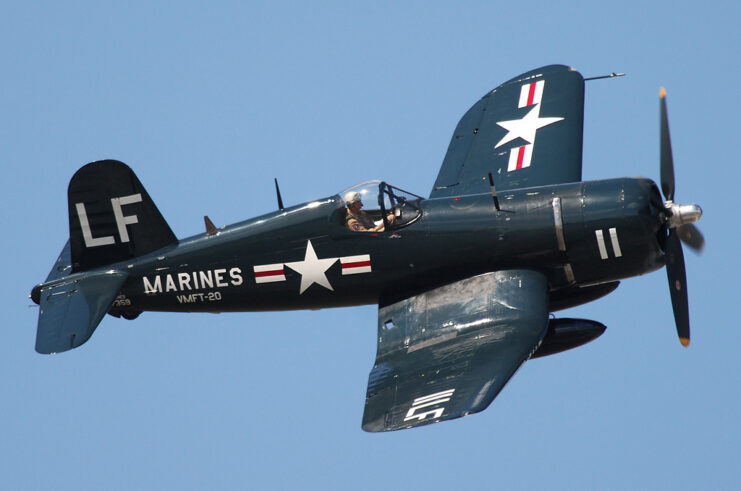
The Vought F4U Corsair, nicknamed the “Whistling Death,” is known for its bent-wing design and distinctive gull-shaped wings, combining functionality with an undeniable charm. Its aggressive stance and powerful performance add to its allure.
As a carrier-based aircraft during the Second World War, it gained a reputation among the Japanese as the most formidable fighter flown by the Americans in the Pacific Theater. The F4U also served throughout the Korean War as a fighter-bomber, where it took on enemy Yakovlev Yak-9s.
Sukhoi Su-30 ‘Flanker C/G/H’
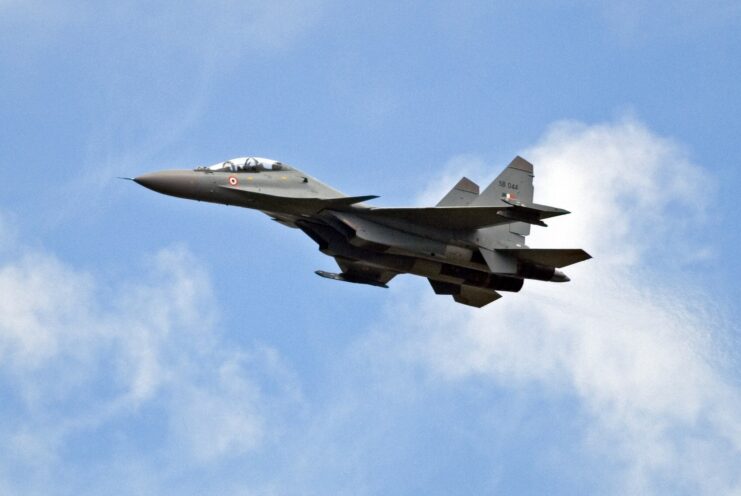
The Sukhoi Su-30 radiates beauty in its powerful and imposing presence, representing a harmonious fusion of form and function. Its muscular airframe, adorned with twin vertical stabilizers and canards, exudes a sense of strength and purpose.
Beyond its formidable appearance lies a marvel of engineering, as it’s equipped with advanced avionics, thrust-vectoring engines and a vast array of weaponry. The Su-30’s beauty is not merely skin-deep; it is amplified by its unparalleled agility and versatility, capable of dominating both air-to-air and air-to-ground missions with equal prowess.
North American F-86 Sabre
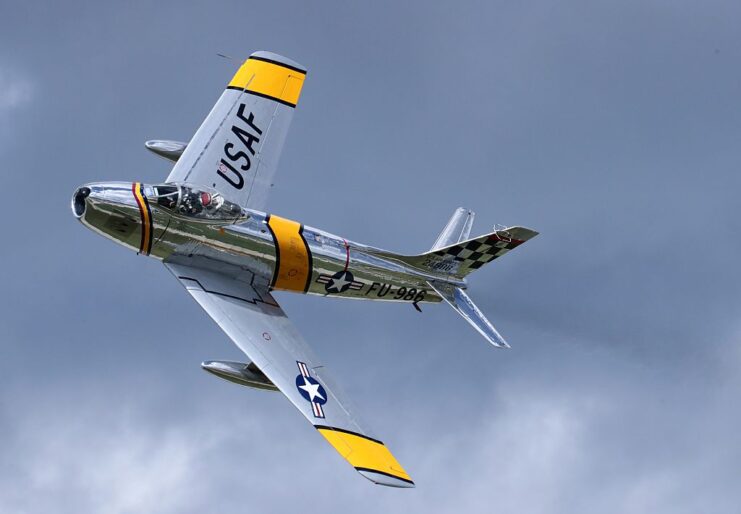
The North American F-86 Sabre is the epitome of classic jet-age aesthetics and is without a doubt one beautiful (some might even say gorgeous) military aircraft. Renowned for its swept wings and elegant lines, it was the West’s counter to the Soviet Mikoyan-Gurevich MiG-15 during the Korean War.
More from us: The Hughes H-4 Hercules Was An Absolute Mammoth Of An Aircraft
The F-86’s beauty is matched only by its historic role in pioneering transonic flight.
